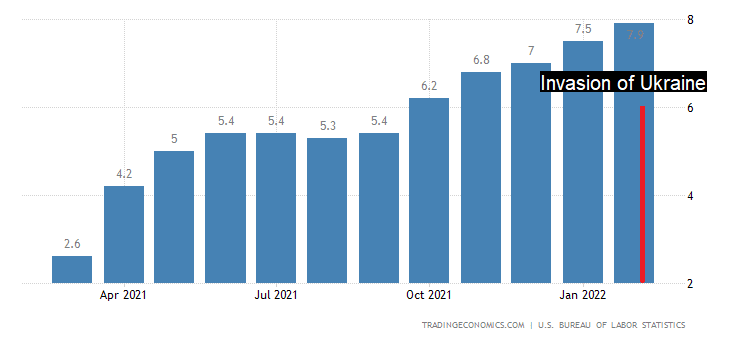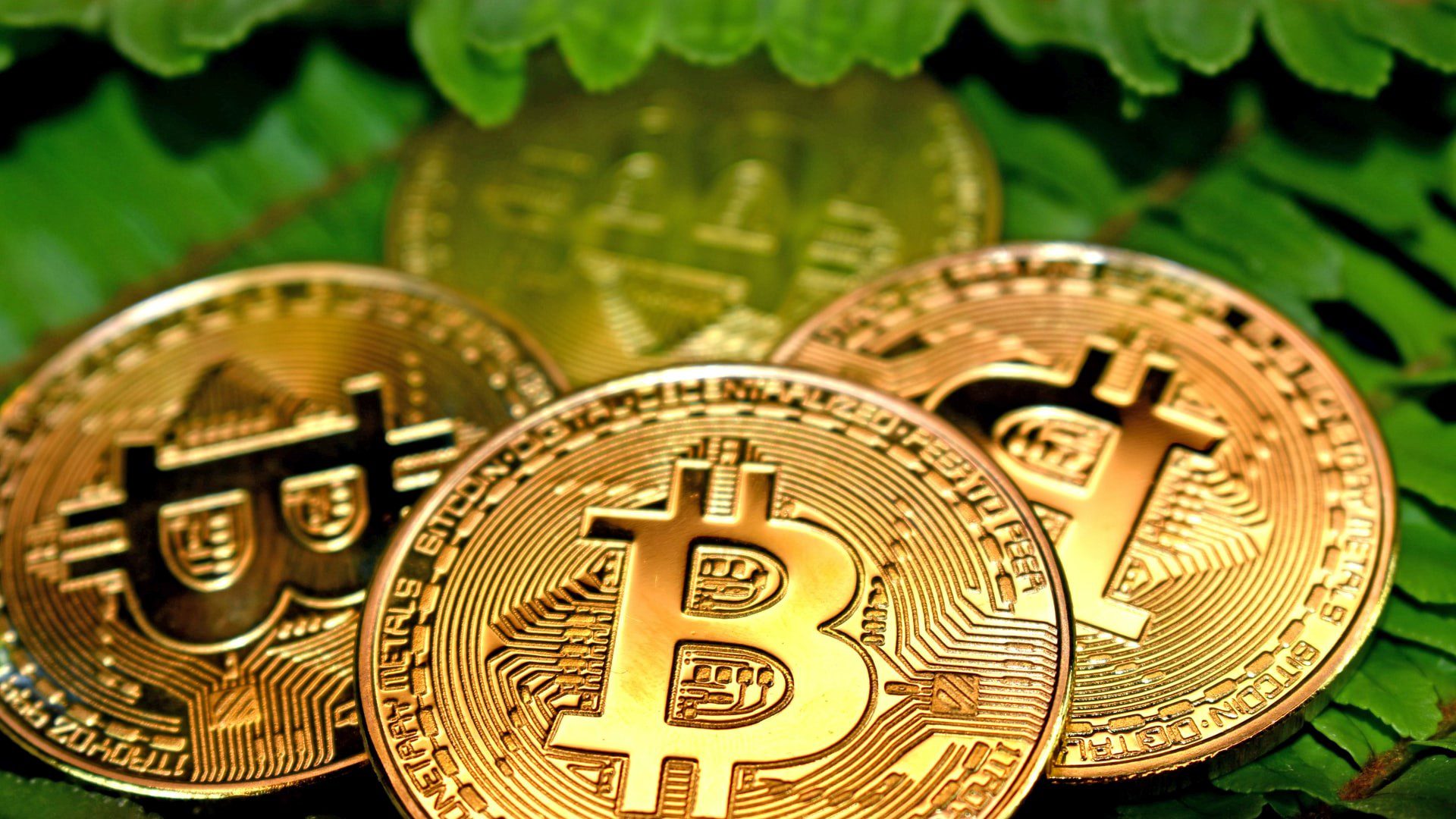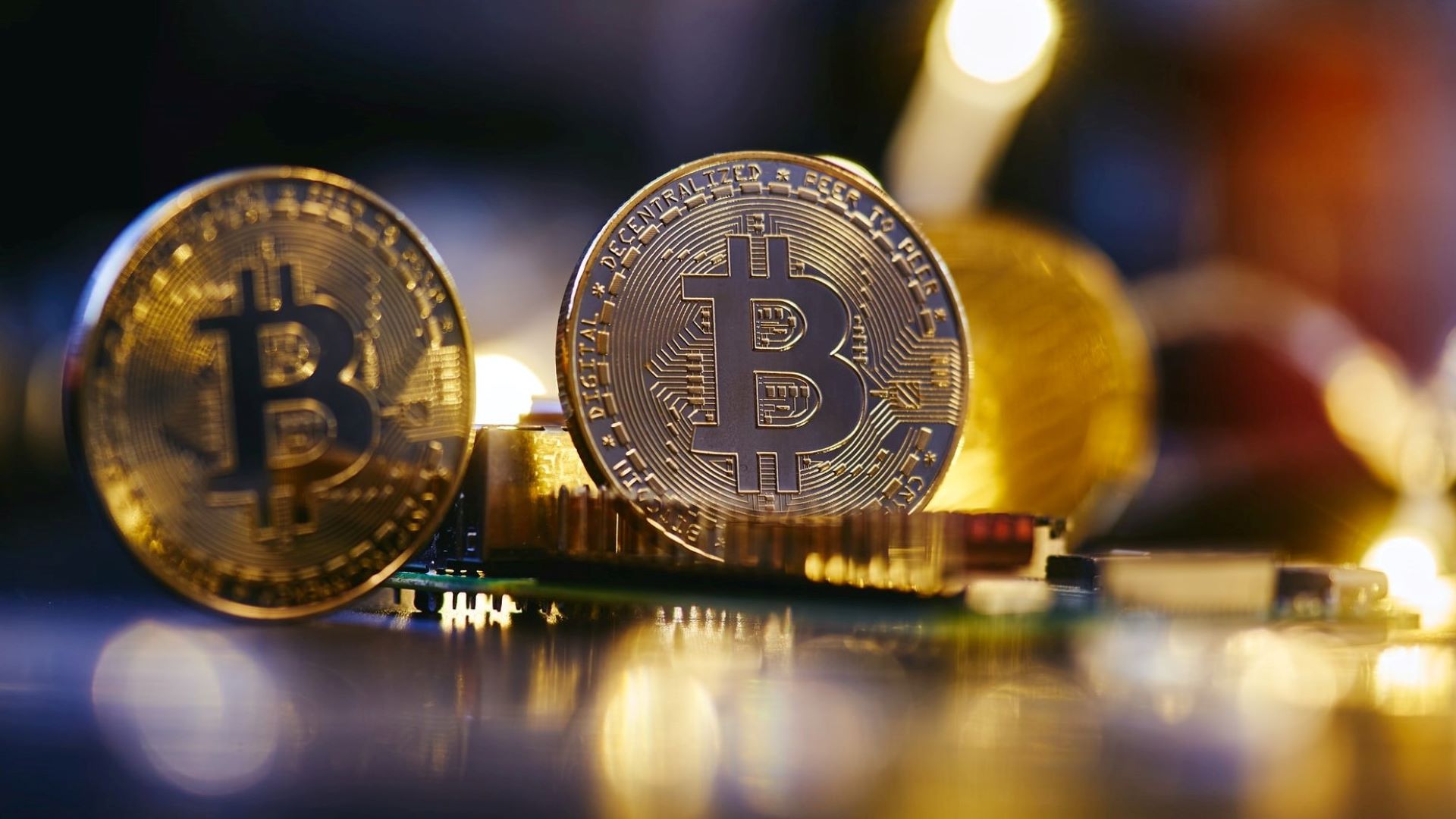Around the world, many countries, including the United States, are seeing inflation rates rise higher than we’ve seen in a generation. Yet there are a number of myths going around about inflation that many people believe.
Some of these myths about inflation are particularly convenient for governments, who get to excuse their own behavior and put the blame elsewhere.
Inflation is fundamentally a monetary phenomenon. From 1980 to 2020, the annual growth in the money supply stood at less than 6 percent. But since 2020, this rate has tripled.
As the government has been running out of lenders, the Federal Reserve has been financing federal deficits by printing money. It is worth noting that the federal debt has risen by $7 trillion, or 30 percent, in the past two years alone.
In order to be able to address the root problems of inflation, we need to dispel these common myths. Here are our top five picks:
Myth #1: “Inflation is caused by corporate greed”
The idea that inflation is caused by corporate greed is one of the easiest accusations to make. Corporations are the main villain in most political stories, and people instinctively see greed as a destructive force.
But consider this: in the United States, annual inflation between 1980 and 2020 averaged less than 3 percent. However, throughout 2021, inflation averaged almost 8 percent.
If corporate greed was the cause of this substantial increase, that would mean that corporations suddenly decided to become so much more greedy in 2021 than they had been for 40 years prior. Moreover, does this mean that corporations magically become altruistic during deflationary spirals, when prices fall?
Myth #2: “Increasing the money supply doesn’t cause inflation”
The idea that increasing the money supply doesn’t cause inflation is itself a widely-held belief. Indeed, those skeptical of the link between money printing and inflation will point to how the Federal Reserve started increasing the money supply at the start of the COVID-19 pandemic, but we didn’t see a hike in inflation until a year later. So what happened?
From March to July 2020, the money supply increased by $3 trillion — four years’ worth of typical supply growth in just four months. Yet inflation over the subsequent year averaged less than 3 percent.
But the inflation was hiding in financial markets. Prices of financial assets aren’t included in inflation calculations. During the period in question, there was immense economic uncertainty, levels of unemployment not seen since the Great Depression, and no consensus on when the crisis might end. Despite all this, in an environment where stocks should be tanking, stock prices rose by almost 20 percent.
This is because the new money was sitting in financial markets, pushing up the prices of stocks and bonds. When an end to the pandemic appeared in sight, that money started to move out of financial markets and into other markets. What happened then? Stock price gains slowed and inflation began to skyrocket.
Myth #3: “The President is responsible for inflation”
Another widespread myth is that inflation in the United States is primarily caused by the sitting president. However, there is not much that a president can do single handedly to either cause or fix inflation.
Once more, the inflation experienced right now is a result of money printing, which was done in order to finance federal deficits. This in turn is a result of politicians — and not just the current crop — failing to produce balanced budgets.
While each of these budgets require the agreement of the president, they also require the agreement of the House and the Senate. So it is more of a shared responsibility of the government in general as opposed to any one individual.
Myth #4: “The Democrats (or Republicans) are responsible for inflation”
The idea that one party has a history of being solely, or at least overwhelmingly, responsible for inflation is a common myth.
Evidence shows that, over the past 75 years, the party of the sitting president is not a factor in the rate of inflation. Indeed, during this time, inflation has averaged around the same 3.5 percent under both Democrat and Republican presidents.
But what about if we only consider the past few decades, since the 1990s? In that case, inflation has averaged around 2.3% regardless of which party controlled the White House.
Myth #5: “Vladimir Putin is responsible for the current inflation”
Of all the myths about inflation, this one is particularly popular among the American political establishment. President Biden claimed that Vladimir Putin and his invasion of Ukraine played a significant role in causing inflation to soar.
During periods of uncertainty, some, but not all, prices will rise. When there is a war or the threat of war, fuel prices typically rise. As such, the prices of things whose production and distribution rely on fuel will also rise.
The uncertainty surrounding the war in Ukraine drives up the price of fuel. Furthermore, Russia is one of the world’s leading producers of oil, and placing an embargo on Russian oil reduces the global supply. This contributes to a rise in the price of oil and other goods that rely on oil.
However, none of this is considered inflation, despite common misconceptions. Instead, it is a rise in the price of some specific goods. Inflation, on the other hand, is an increase in the average price level. It is the decline in the purchasing power of a currency.

Furthermore, as illustrated in the graph above, inflation in the United States was on the rise well before Vladimir Putin’s invasion of Ukraine.
Don’t let common narratives based on political interests distract you — the falling value of the money in your pocket, anywhere and always, is a result of the money supply expanding and nothing else.
For more content addressing and debunking popular myths about inflation, be sure to check out our Learn Liberty video below.
This piece solely expresses the opinion of the author and not necessarily the organization as a whole. Students For Liberty is committed to facilitating a broad dialogue for liberty, representing a variety of opinions. If you’re a student interested in presenting your perspective on this blog, send your piece to [email protected], and mention SFL Blog in the email subject line for your chance to be published and be seen!









